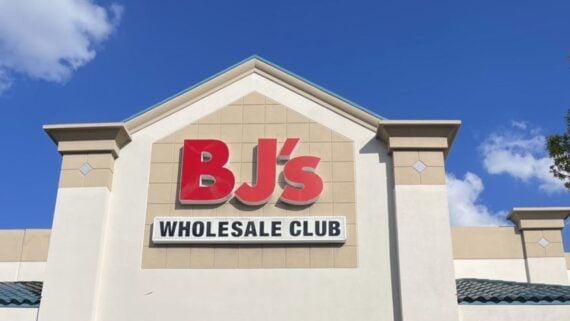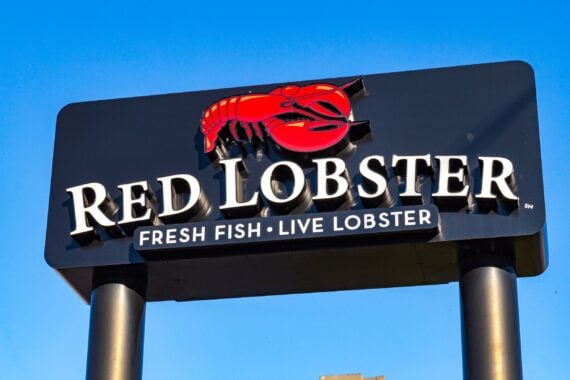As millions of Americans wait for their food benefits to restart, the USDA just told grocery stores to stop offering discounts to shoppers who use SNAP. The move surprised some stores that had tried to help customers stretch their grocery dollars while SNAP payments remain frozen during the federal government shutdown — now in its second month and the longest in U.S. history.
What’s Going On

SNAP, the Supplemental Nutrition Assistance Program, helps more than 42 million people buy groceries each month. But since the shutdown began on October 1, the funds that support those benefits have stalled. The USDA even said bluntly on its website that “the well has run dry.”
A few grocers and farmers markets, seeing regular customers suddenly without benefits, offered small discounts or price breaks to ease the pressure. But the USDA quickly shut that down, emailing stores to remind them that SNAP customers must be treated the same as everyone else — no special discounts, even if the intent is good.
That rule, known as the “Equal Treatment Rule,” is meant to prevent discrimination or price manipulation within the program. Still, the timing feels harsh for families who’ve already missed a round of benefits and are watching grocery prices climb.
The Legal Tangle
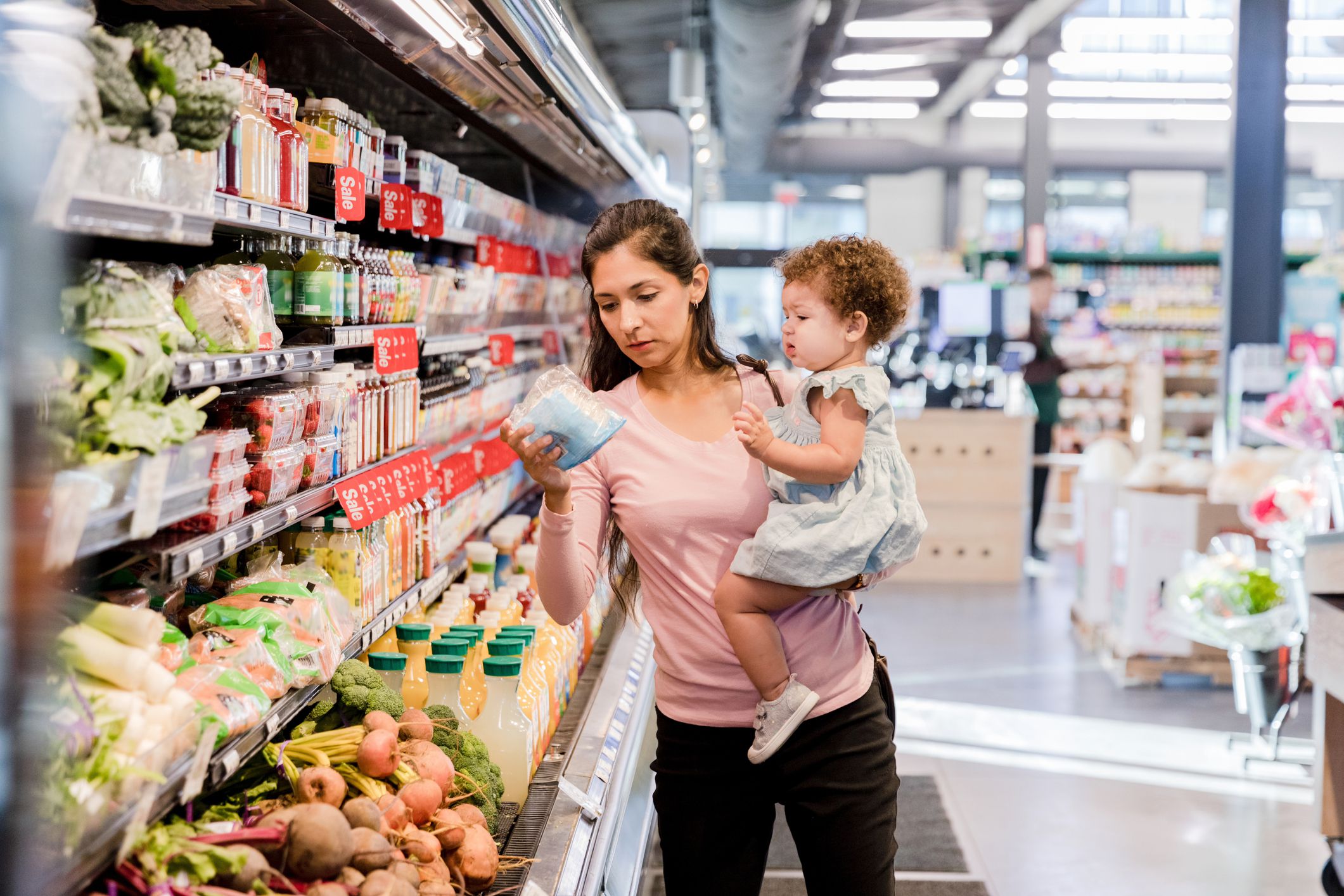
Courts have since ordered the government to tap emergency funds to cover SNAP payments after 25 states sued over the freeze. But the Trump administration says it’s waiting for clear legal authority before sending money out. That means the restart could take days — or weeks — depending on how fast states process the funds once they’re released.
In the meantime, stores can’t offer targeted deals, and shoppers can’t use benefits. It’s a frustrating standstill at the intersection of policy and real life.
What It Means for Shoppers
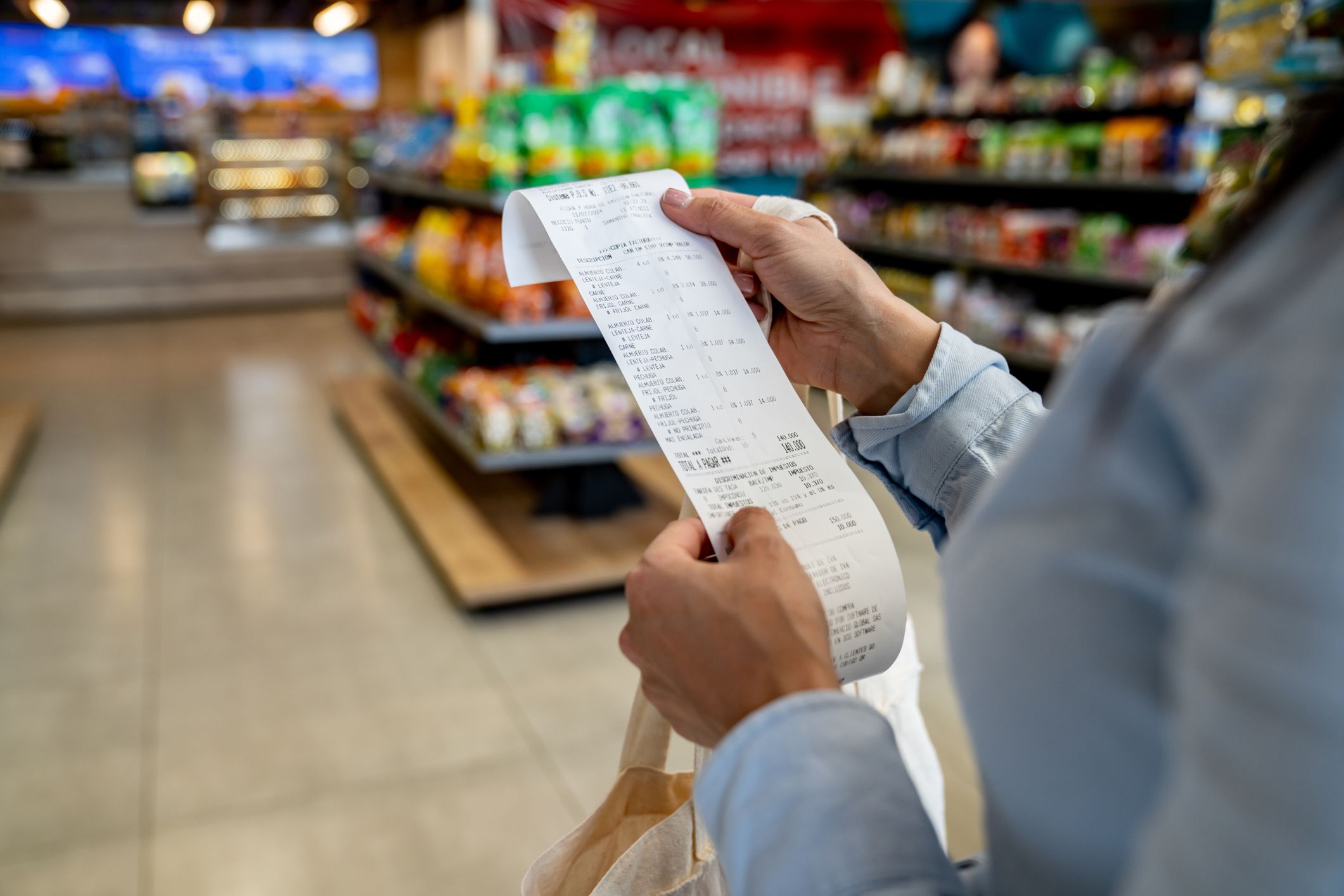
SNAP spending makes up a big chunk of grocery sales nationwide, so both stores and families are feeling the strain. Small grocers in particular depend on SNAP transactions, and many hoped to soften the blow for their customers before getting that USDA reminder. Until benefits resume, households are left to piece together meals however they can — leaning on pantries, food drives, and community support.
Stretching Your Grocery Budget in the Meantime
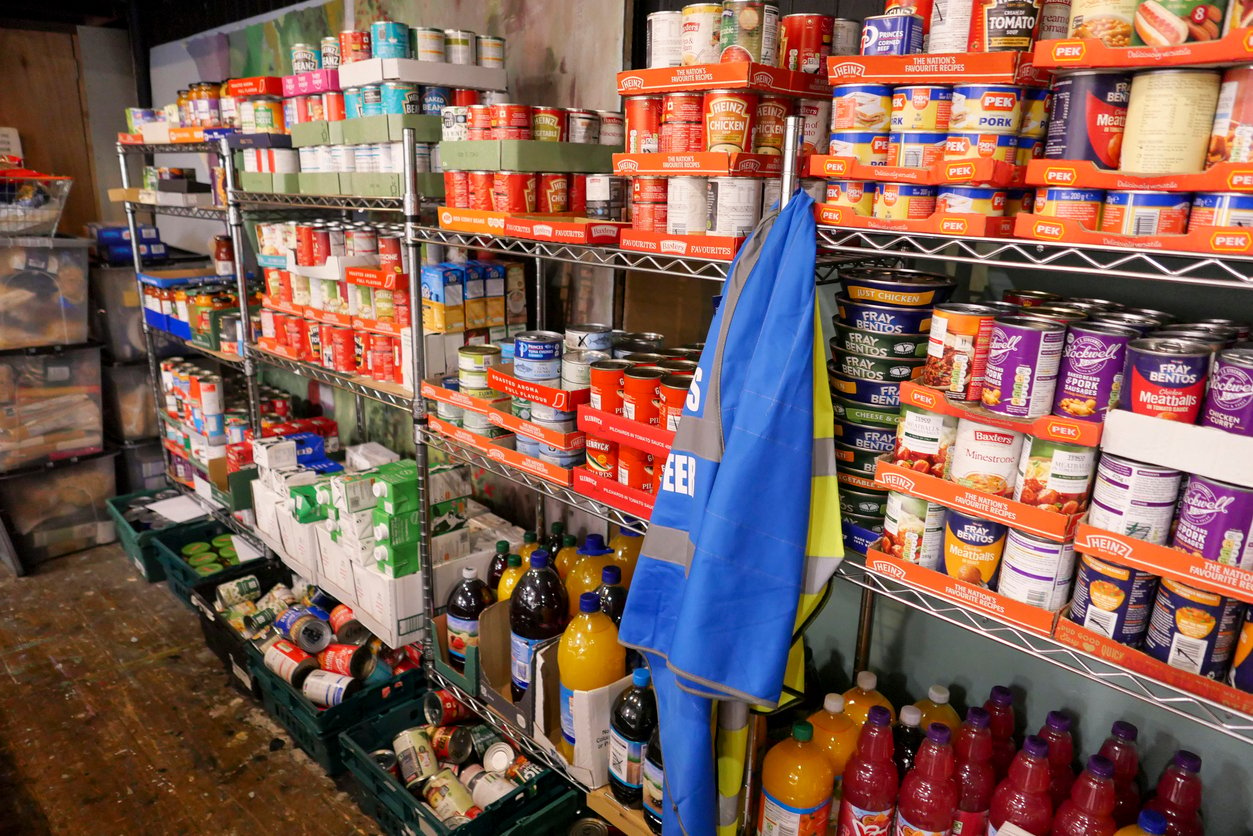
If your household’s food budget just got tighter, here are a few realistic ways to make what you’ve got last:
- Double up on store rewards and digital coupons. You don’t need SNAP to use loyalty programs or weekly digital deals — they’re open to everyone.
- Plan around the sale ad, not the recipe. Start with what’s on sale, then build your week’s meals around that.
- Shop markdowns early. Stores usually discount soon-to-expire items early in the week or first thing in the morning.
- Check your local food banks. Many are waiving paperwork during the shutdown to make it easier to pick up essentials.
The hope is that federal payments restart soon, but until then, every bit of planning — and community generosity — helps fill the gap.
More related content:

- What You Can and Can’t Buy With SNAP Benefits — Here are some surprising things you can buy with EBT in 2025 — as well as some things that SNAP benefits don’t cover.
- Instacart Offering SNAP Users Discount on Annual Membership — The grocery delivery service is offering a tantalizing deal: A yearlong Instacart+ membership for half price.
- DoorDash To Offer 1 Million Free Meal Deliveries Amid SNAP Benefits Freeze — Here’s what to know about how DoorDash free meal deliveries will work and who can access them.

